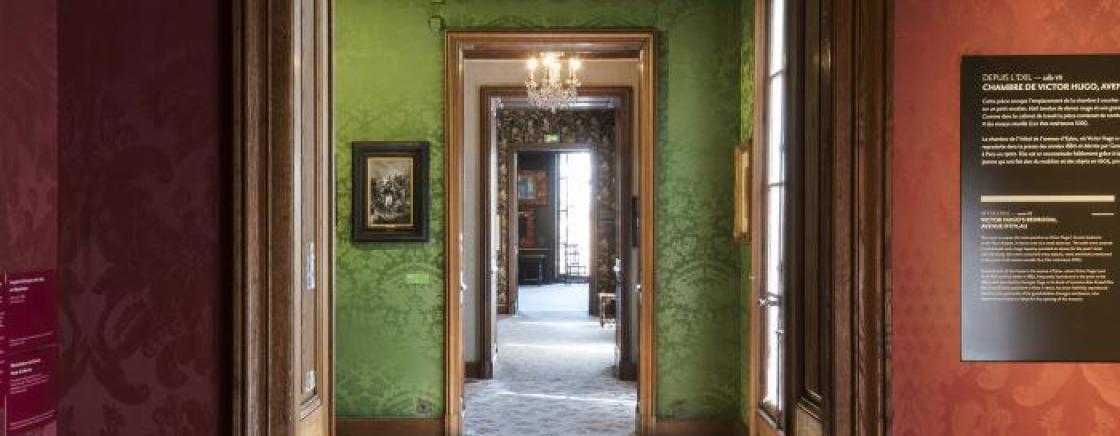
LE TOURVILLE LOVES THE VICTOR HUGO MUSEUM
Step out of the door of one of the greatest literary figures of the 19th century... Victor Hugo's apartment!
Born on February 26, 1802 in Besançon and died on May 22, 1885 in Paris, Victor Hugo is a reference in the world of literature. He is a French poet, playwright, writer, novelist and romantic artist. He is one of the greatest writers that France is known.
He is an ardent romantic and a committed writer. He fought actively throughout his life against censorship (including becoming President of the Société des gens de lettres). Hugo also advocated the abolition of the death penalty, universal suffrage and freedom of the press.
He is notably at this time a political opponent. He gradually detached himself from the prince-president, organized in vain the resistance to the coup d'état of December 2, 1851 (which established the Second Empire) and fled to Brussels. He was then banished from the country. He took refuge in 1855 in Guernsey when he was expelled. He settled in Hauteville House.
It was during his exile that Hugo wrote his greatest poetic works in order to make his voice and his opinion heard. We know Les Châtiments, a satirical collection distributed clandestinely in 1853. We can also mention the three famous novels: Les Misérables, Les Travailleurs de la mer, L'Homme qui rit (published between 1862 and 1869).
If you wish to discover other of his literary monuments, we strongly advise you to read the novel Notre Dame de Paris, and the plays Cromwell and Hermani.
We invite you to discover the life of this impressive author by visiting and touring the 2nd floor apartment of a mansion located in the heart of the Marais district at 6 Place Royale (now Place des Vosges) where he lived from 1832 to 1848. In this apartment, you will see objects, furniture, interior decorations, writings, paintings and sculptures that belonged to him or were given to him in his honor.
The visit is structured in three stages, corresponding to the three stages of his life: before, during, and after exile. Ephemeral exhibitions are regularly organized on the first floor, and part of his literary work is exhibited too.
ENTERING THE INTIMACY OF VICTOR HUGO
To discover the child that was Victor Hugo (the period before his exile), we recommend that you begin your visit in the antechamber. You will find yourself immersed in the youth of Victor Hugo and the family atmosphere. Then go through the red room. The latter represents the apartment which, at the time, was the meeting place for letters.
Then enter the period of his exile in Guernsey... In the Chinese salon, you will discover a new facet of the author. His talent for decoration was still unknown to you? Indeed, during that year, Hugo used to go hunting for old Guernsey chests while acquiring Haute-Époque or Renaissance furniture. Then he transformed these pieces of furniture as he wished.
The museum has recovered the old furniture from his house in Guernsey, the Gothic style furniture from his Parisian apartment and those of a Chinese decorator to present us in the dining room the decorator that is Victor Hugo.
To finish your visit, go to the works (portraits, sculptures) that evoke the success of Victor Hugo after his exile. These are located in the writer's study. And finally, close this story by going to Hugo's room. A completely reconstructed room where he ended his life.